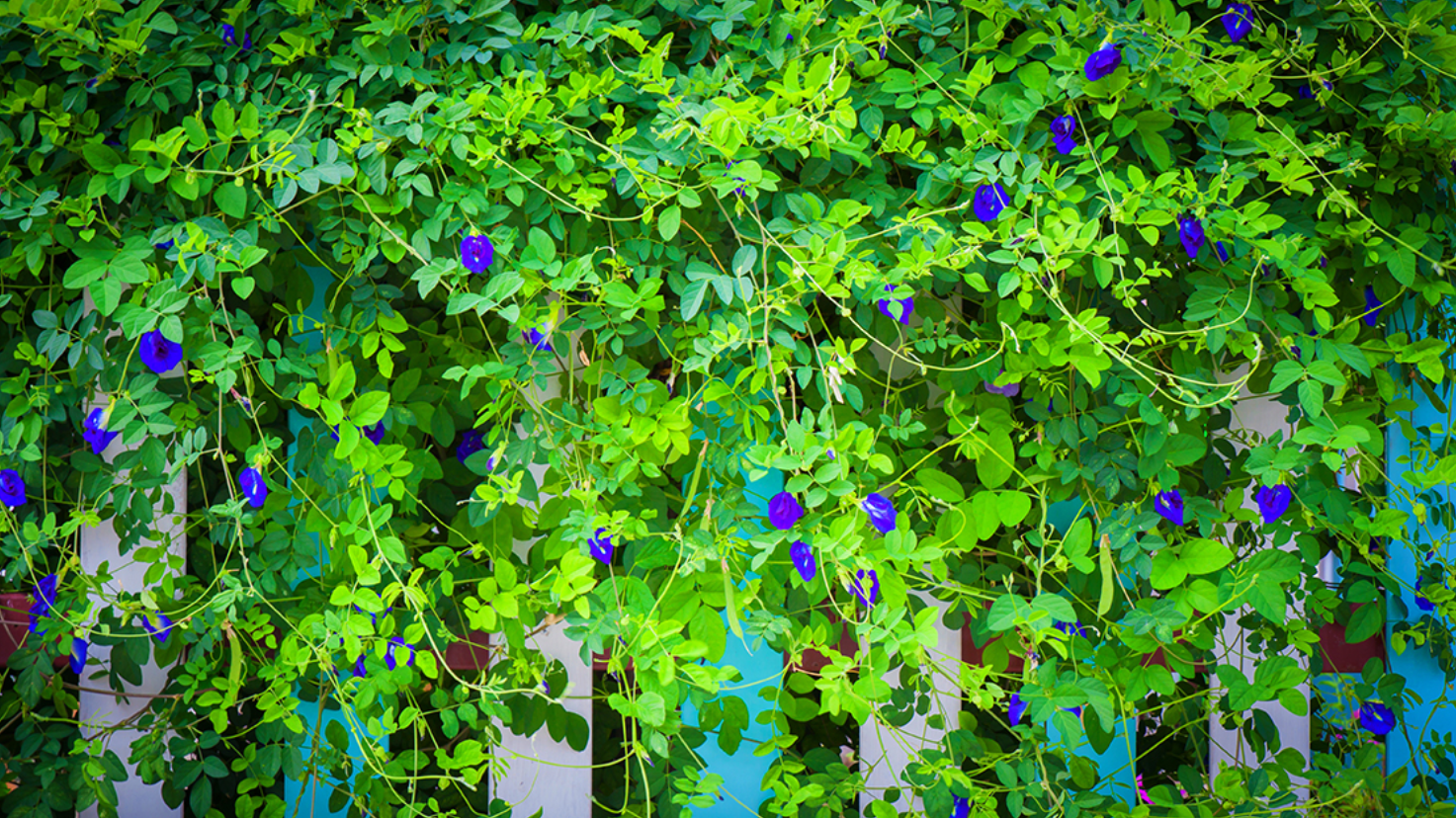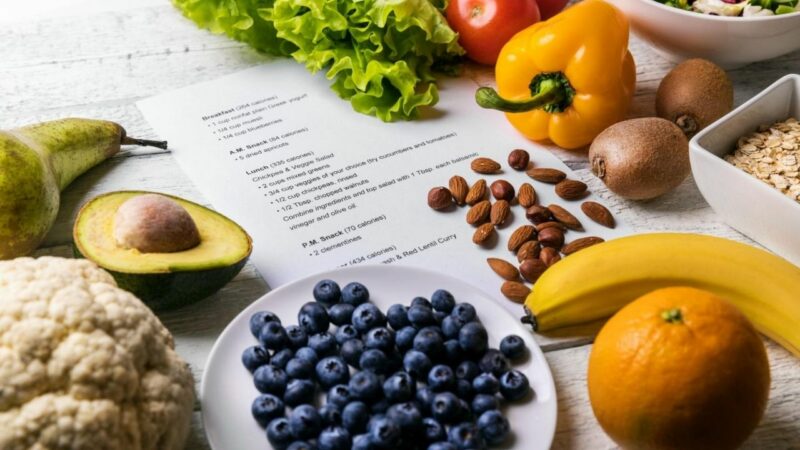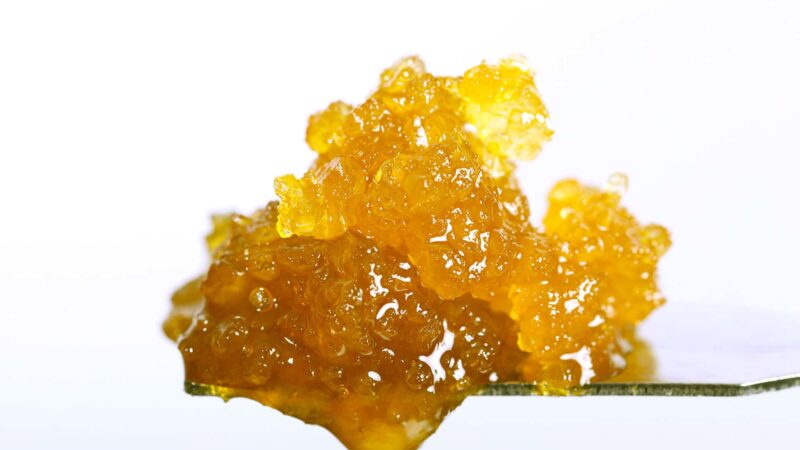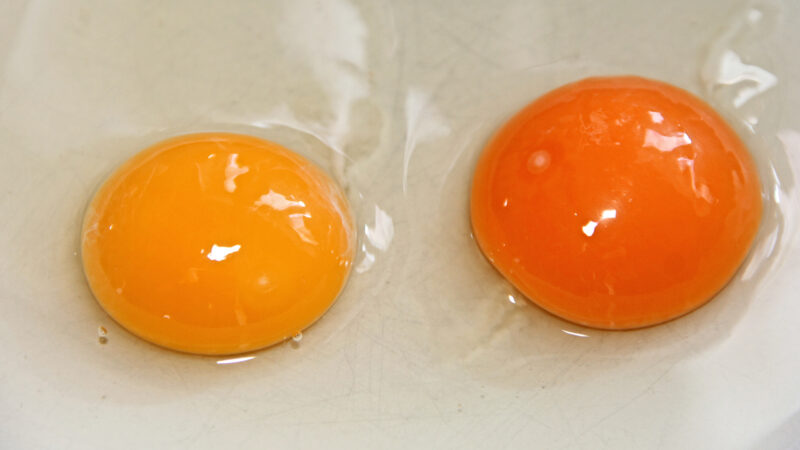Unlocking the Beauty and Benefits of Butterfly Pea Flower

Butterfly Pea Flower – When it comes to flowers, there’s a world of diversity beyond mere aesthetics. Some blooms not only captivate us with their vibrant colors but also offer many benefits, both for our well-being and culinary delight. One such enchanting flower is the Butterfly Pea Flower, a botanical gem cherished for centuries for its striking appearance and multifaceted uses.
The Butterfly Pea Flower: A Visual Delight
Known scientifically as Clitoria ternatea, the Butterfly Pea Flower is native to Southeast Asia and has been cultivated and revered for generations. This flower derives its intriguing name from its unique appearance. Observing its petals, you’ll be struck by their delicate, butterfly-like shape. However, it’s not just the fascinating shape; it’s the mesmerizing hues it offers.
Butterfly Pea Flowers are primarily known for their stunning blue petals, which are naturally vibrant and eye-catching. The rich indigo colouration can range from deep royal blue to a softer sky blue. These blossoms also occasionally bear varieties with white or purple petals, adding to their allure. The blossoms are typically five-petaled, and their blooms are small and delicate, creating a beautiful contrast with their vibrant colors.
Culinary Adventures with Butterfly Pea Flower
Beyond their aesthetic appeal, Butterfly Pea Flowers have found a place in the culinary world for their unique qualities. One of the most famous uses of these blossoms is in herbal teas and beverages. When steeped in hot water, the flowers release their stunning blue color, creating a visually captivating and soothing tea.
However, it’s not just about the aesthetics; Butterfly Pea Flower tea is renowned for its potential health benefits. It is believed to be rich in antioxidants and has been used traditionally in various cultures for its calming and stress-relieving properties.
Another intriguing aspect of Butterfly Pea Flower is its color-changing ability. When you introduce acidity, like a splash of lemon or lime juice, to the blue tea, it magically transforms into a vibrant shade of purple or pink. This colour-changing effect has made Butterfly Pea Flower a favourite among mixologists, who use it to create captivating, Instagram-worthy cocktails and mocktails.
A Treasure Trove of Health Benefits
While the Butterfly Pea Flower’s color-changing ability and aesthetic appeal may steal the show, its potential health benefits should not be overlooked. Here are some of the key advantages associated with this floral wonder:
- Antioxidant Power: Butterfly Pea Flowers are rich in antioxidants, which can help combat free radicals in the body and reduce oxidative stress.
- Stress Reduction: The flowers have traditionally alleviated stress and anxiety, thanks to their calming properties.
- Anti-Inflammatory: Some studies suggest that Butterfly Pea Flower may possess anti-inflammatory properties, which could aid in reducing inflammation in the body.
- Brain Health: Evidence suggests that compounds in these flowers may positively impact brain health, potentially improving memory and cognitive function.
- Hair and Skin Benefits: Butterfly Pea Flower is also used in hair and skin care products due to its purported benefits for strengthening hair and promoting healthy skin.
Cultivating Your Own Butterfly Pea Flowers
If you’re intrigued by the Butterfly Pea Flower and its diverse range of uses, you might wonder whether you can cultivate these blossoms in your garden. The good news is that Butterfly Pea plants are relatively easy to grow, provided you provide them with the right conditions.
Here’s how you can get started:
- Climate: Butterfly Pea Flowers thrive in tropical and subtropical climates. They require plenty of sunlight and warmth to grow.
- Soil: Well-draining soil with a slightly acidic to neutral pH level is ideal for these plants.
- Watering: Keep the soil consistently moist but not waterlogged. These plants prefer regular watering.
- Support: Butterfly Pea plants are climbers, so provide them with a trellis or some form of support for them to climb.
- Pruning: Prune the plant regularly to encourage bushier growth and more abundant blooms.
Side Effects
While Butterfly Pea Flower (Clitoria ternatea) is generally considered safe for consumption and topical use, it’s important to be aware of potential side effects and exercise moderation, especially if you have underlying health conditions. Here are some potential side effects and considerations associated with Butterfly Pea Flower:
- Allergic Reactions: Some individuals may be allergic to Butterfly Pea Flowers, similar to other plants in the Fabaceae family. If you experience symptoms such as itching, rash, hives, swelling, or difficulty breathing after consuming or coming into contact with Butterfly Pea Flowers, discontinue use immediately and seek medical attention.
- Digestive Issues: In rare cases, Butterfly Pea Flower tea may cause mild digestive discomfort such as stomach upset or diarrhoea. If you experience digestive issues, reducing the amount consumed or discontinuing use is advisable.
- Blood Pressure: Butterfly Pea Flower tea is known for potentially reducing blood pressure. While this can benefit those with high blood pressure, it may not be suitable for individuals with already low blood pressure. If you have concerns about your blood pressure, consult with a healthcare professional before regularly consuming Butterfly Pea Flower tea.
- Pregnancy and Breastfeeding: Limited information is available regarding Butterfly Pea Flower consumption safety during pregnancy and breastfeeding. It’s generally advisable for pregnant and breastfeeding individuals to exercise caution and consult with a healthcare provider before incorporating Butterfly Pea Flowers into their diet.
- Drug Interactions: Butterfly Pea Flower may interact with certain medications, including blood pressure medications and drugs that affect blood clotting. If you are taking prescription medications, consult your healthcare provider before consuming Butterfly Pea Flower products to avoid potential interactions.
- Kidney Stones: Some sources suggest that Butterfly Pea Flower tea may contain oxalates, compounds that can contribute to the formation of kidney stones in individuals prone to them. If you have a history of kidney stones or kidney issues, it’s advisable to consume Butterfly Pea Flower tea in moderation and consult with a healthcare professional.
- Diabetes: Butterfly Pea Flower tea may help lower blood sugar levels, which can benefit individuals with diabetes. However, if you have diabetes and are taking medications to control your blood sugar, monitor your levels closely when incorporating Butterfly Pea Flower tea into your diet, and consult with your healthcare provider as adjustments to your medication may be necessary.
How to use butterfly pea flower?
Butterfly Pea Flowers (Clitoria ternatea) can be used in various culinary and beverage preparations and in skincare products. Here are some popular ways to use Butterfly Pea Flowers:
Butterfly Pea Flower Tea:
Ingredients: Dried Butterfly Pea Flowers, hot water.
Instructions:
- Place a handful of dried Butterfly Pea Flowers (usually 5-10 flowers) in a teapot or cup.
- Pour hot water over the flowers.
- Allow the flowers to steep for 3-5 minutes or until you achieve the desired color.
- You can add honey, sugar, or lemon juice for flavour and to experience the colour-changing effect when you add acidity.
Butterfly Pea Flower Iced Tea:
Follow the same steps as for Butterfly Pea Flower tea, but let it cool to room temperature, and then refrigerate or add ice cubes for a refreshing cold drink.
Cocktails and Mocktails:
Butterfly Pea Flower-infused drinks are visually stunning and delightful in taste.
Add Butterfly Pea Flower tea as a base to cocktails or mocktails, and watch the color change when you add citrus juice.
Create a Butterfly Pea Flower gin, tonic, blue margarita, or blueberry lemonade mocktail.
Culinary Applications:
Butterfly Pea Flowers can be used in cooking to add colour to rice dishes, salads, desserts, and more.
Steeping the flowers in hot water to extract the color and use it to dye foods naturally.
They can also be used in rice dishes, like blue rice in Thai cuisine, or as a garnish for salads and desserts.
Skincare and Haircare:
Butterfly Pea Flower extract is used in various skincare and haircare products.
You can make homemade face masks or hair treatments using Butterfly Pea Flower tea or extract. These are believed to promote healthy skin and hair.
Natural Food Coloring:
Create natural food colouring by steeping Butterfly Pea Flowers in hot water and using the coloured water to tint icing, dough, or other culinary creations.
Infused Water:
Add a few dried Butterfly Pea Flowers to a water pitcher for a subtle blue tint and a touch of flavour.
Herbal Remedies:
Butterfly Pea Flowers have been used traditionally in herbal remedies. Consult with an herbalist or healthcare professional for guidance on using them for specific health purposes.
Ice Cubes:
Freeze Butterfly Pea Flower tea into ice cube trays and use them to add colour and flavour to beverages without diluting them.
Potpourri and Decorations:
Dried Butterfly Pea Flowers can be used in potpourri mixes or as decorations for cakes and other desserts.
Sourcing Butterfly Pea Flowers from reputable suppliers is important to ensure their quality and safety.
In Conclusion
The Butterfly Pea Flower is a feast for the eyes, a source of culinary delight, and potential health benefits. Whether you’re sipping a soothing cup of Butterfly Pea Flower tea, creating colour-changing cocktails, or simply enjoying their beauty in your garden, these flowers are a true botanical treasure. So, consider adding a touch of natural blue to your life with the enchanting Butterfly Pea Flower.
FAQs
FAQ 1: What is Butterfly Pea Flower, and where is it commonly found?
Butterfly Pea Flower, scientifically known as Clitoria ternatea, is a vibrant blue or purple flowering plant native to Southeast Asia. It is often found in Thailand, Malaysia, Indonesia, and the Philippines. The flowers of this plant are known for their striking colours and unique butterfly-like shape.
FAQ 2: How is Butterfly Pea Flower tea prepared, and what are its potential health benefits?
To make Butterfly Pea Flower tea, you can steep dried Butterfly Pea Flowers in hot water. The tea is initially blue but can turn purple or pink when citrus juice is added due to the change in pH.
Some potential health benefits associated with Butterfly Pea Flower tea include its antioxidant properties, potential stress-relief benefits, and its traditional use for promoting calmness.
FAQ 3: Can Butterfly Pea Flowers be used for culinary purposes?
Yes, Butterfly Pea Flowers are versatile in the kitchen. They can naturally colour rice dishes, salads, desserts, and beverages. The tea can also be used as a base for cocktails and mocktails, providing a visually stunning and flavour-enhancing element.
FAQ 4: Are there any known side effects or precautions when using Butterfly Pea Flowers?
While Butterfly Pea Flowers are generally considered safe for most people, there are a few considerations to remember. Some individuals may be allergic to the flowers, and discontinuing use is advisable if any adverse reactions occur.
Additionally, Butterfly Pea Flower tea may impact blood pressure and blood sugar levels, so individuals with specific health conditions or those taking related medications should consult a healthcare provider before regular consumption.




